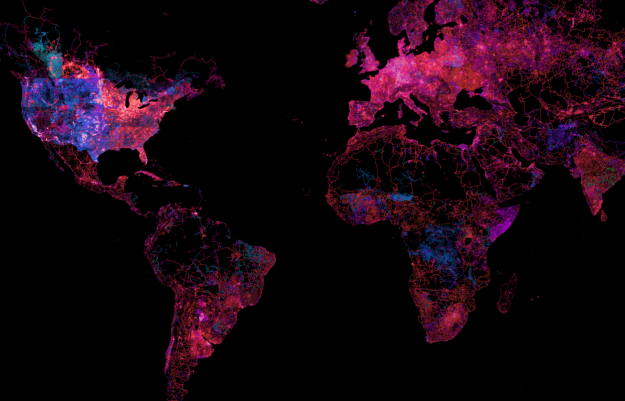Cartographic Explorations of the OpenStreetMap Database with R by Timothée Giraud.
From the post:
This post exposes some cartographic explorations of the OpenStreetMap (OSM) database with R.
These explorations begin with the downloading and the cleaning of OSM data. Then I propose a set of map visualizations of the spatial distributions of bars and restaurants in Paris. Of course, these examples could be adapted to other spatial contexts and thematics (e.g. pharmacies in Roma, bike parkings in Dublin…).
This reproducible analysis is hosted on GitHub (code + data + walk-through).
…
What a timely post! The accidental president of the United States hungers for legitimacy and views a military parade, Cold War style, as a way to achieve that end.
If it weren’t for all those pesky cable news channels, the military could station the reviewing stand in a curve and run the same tanks, same missiles, same troops past the review stand until the president gets bored.
A sensible plan won’t suggest itself to them so expect it to be a more traditional and expensive parade.
Just in case you want to plan other “festivities” at or to intersect with those planned for the president, the data at the OpenStreetMap will prove helpful.
Once the city and parade route becomes known, what questions would you ask of OpenStreetMap data?
